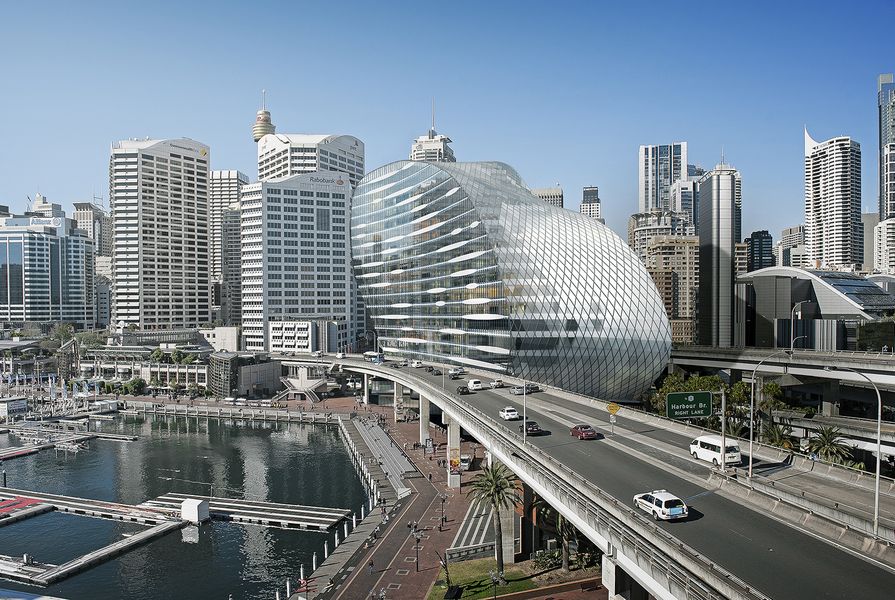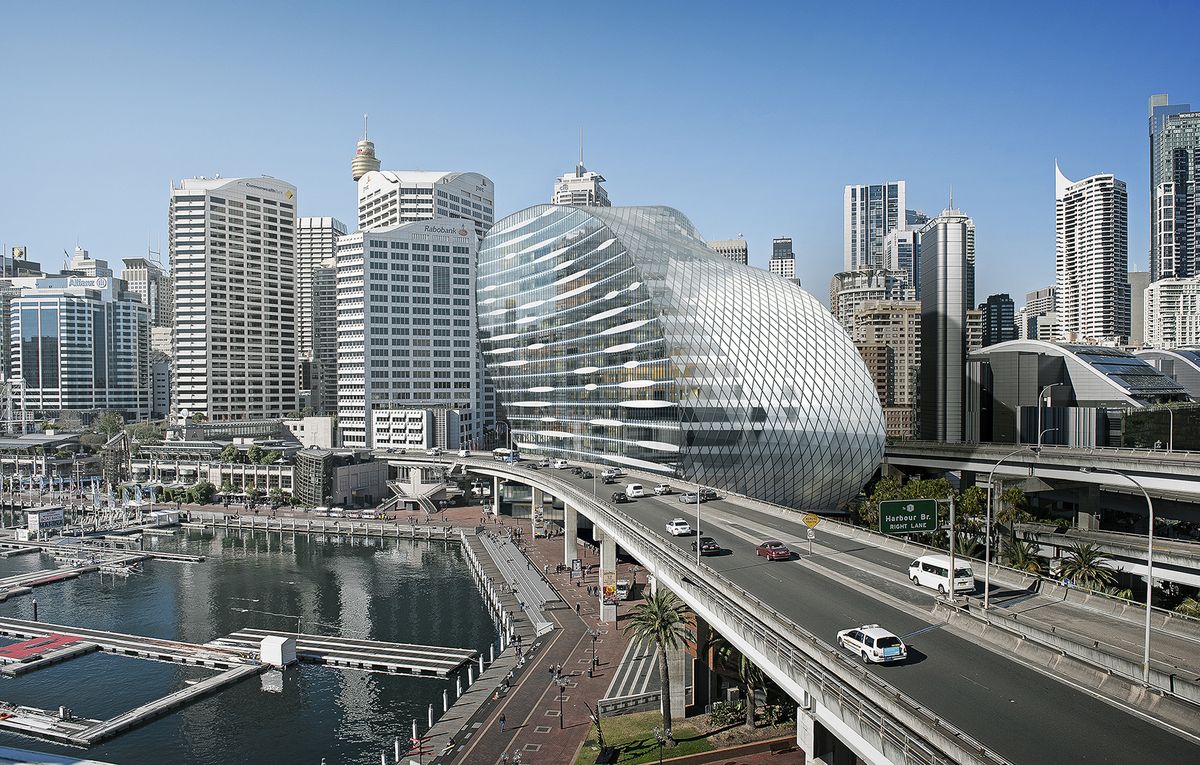Elizabeth Farrelly (May 26 SMH 2016) recalls “a time when planners spoke straight, defended the public, changed the world. Being a professional meant standing up for principle not bending over for money, and planning’s first principle was public benefit. Now, by contrast … the city making professions are conspicuous by their silence.”
I am calling for a re-energising of planning around major public interest challenges facing Australia’s big cities, and remind us that planning is not only about development facilitation, producing 2D plans or even worthy strategic planning documents. It is important that planners use their skills to claim a role in creating a better future.
But why have planners lost their influence? There are at least three reasons why planners have been marginalised in the way Farrelly describes. Firstly, the neo-liberal economic perspective in public policy making is entrenched in central agencies and planners seem ill-equipped to either engage or, as necessary, challenge this orthodoxy. The neo-liberal perspective tends to see planning as ‘getting in the way’ of the market, adding costs to development and recalling some sort of socialist-style central control.
Unfortunately, the rise of neo-liberalism in public policy making has occurred at the same time as most planning schools have stepped away from educating young planners in the basics of economics, including urban economics. The disconnect between planners and economists is startling. Planners have been left behind in the internal debates within government – unable to articulate the economic merits of planning interventions or integrated long term policy perspectives.
Secondly, planning has been marginalised within government. As the neo-liberal suspicion of planning has increased, the strategic and future planning effort has been downgraded. This has occurred at the same time as the focus on big infrastructure and big spending projects has grown. The ‘spending’ agencies within government, alongside the central agencies of Premier and Cabinet and Treasury, tend to ‘hold sway’ when it comes to internal debates and decisions in government.
Thirdly, because planning has been focused on ‘development facilitation’ in our fast-growing cities, ‘planning’ jobs have gravitated to consulting firms servicing developers, and inside government in project assessment. Unfortunately, this conflation of planning and development facilitation is affecting how the community sees planners. Where once they saw planners as ‘visionaries’, perhaps they now see us not much more than tawdry ‘development pimps’.
The clustering of planners in development facilitation processes has made it difficult for the planning profession as such to talk with one voice, or advocate for public interest positions that may be at odds with the interests that ‘planners’ are being paid to represent. This internal conflict is one reason why our profession is too quiet at a time when pressing debates need the insights of professionals capable of acting on a vision for the future.
As Sydney and Melbourne grow faster than they’ve ever done and head towards eight million people each by about 2050, business as usual just won’t do. There is an urgent need for better thinking about the consequences of, and responses to, economic change and rapid urban development in Australia. Planning should be the profession where this sort of work occurs. I noted that Angus Taylor, the Federal Assistant Cities Minister agrees. He says the political ‘disruption is coming for the outer suburbs and regional cities’ and that ‘people are crying out for solutions’ (Gabrielle Chan, Heart of modern politics is on the city fringes, say Turnbull’s urban thinker, 30 July 2016, The Guardian Australia). A consequence of silence and disengagement could be the rise of the type of reactionary resistance to change now being observed in political outcomes across the world.
Planning for the public interest should be core business in politics
In my view, strategic planning needs a metropolitan focus and a stronger role in the central agencies of government, and the development facilitation role of government should be separated and recognised as such. There are positive signs that NSW is moving in this direction, with the Greater Sydney Commission emerging as a somewhat independent planner for the metropolitan area. However its independence from government, democratic legitimacy and strategic planning role in the public interest need to be strengthened. State-wide strategic planning research and policy making should reside in the Department of Premier and Cabinet, while an Office of Major Projects should provide advice for major development assessments undertaken by the GSC or an independent panel.
But what is the public interest in planning?
The English town and country planning tradition emerged when the market failures of unregulated development during the industrial revolution led to appalling health outcomes. Now, more subtle market failures arising from our rapid growth attract attention. These give rise to costs relating to how we live, house ourselves and access work. They result in costs which the community must bear and rectify. In the language of economics, these community wide costs are called ‘negative externalities’. This is where planning needs to concentrate its efforts and respond effectively.
Where there is intervention, the public interest test should be based on assessing whether ‘net community benefits’ (NCBs) will be generated from the intervention. That is, benefits outweigh costs across the economic, environmental, social and governance dimensions.
However, this interpretation of the public interest anticipates ‘losers’ as well as beneficiaries, though with overall community welfare maximised. Not everyone or every interest can necessarily benefit from policy decisions. Planners should be clear that this may be the case and trade-offs will need to be brokered. Planners should be prepared to get involved where there is market failure and the public interest test is met. Planners would deal themselves into relevance again if they were prominent in debates and were setting the agenda in relation to four related contemporary issues (set out in detail in the full speech). A public interest – or net community benefit – perspective is relevant to:
- emerging spatial disadvantage in our cities;
- our quality of life in the face of growth;
- distorted access to housing; and
- fairly sharing the uplift in land values from land use and infrastructure investment decisions.
Improving urban geographic inequality
The socio-economic divisions in our biggest cities are getting wider and they are geographically pronounced. Sydney, for example, is a socially divided city. Whether it be income, unemployment or oil vulnerability – the north and east are more advantaged than the west and south. There is a fault line that runs through the metropolis. The consequences and costs of social dysfunction and conflict arising from a business as usual approach, with investment continuing to favour well off areas, are potentially enormous in terms of alienated communities and wasted lives. Planners in future should focus on influencing investment decisions on major urban infrastructure to address acute and increasing spatial social disadvantage in our big cities.
Making renewal areas more liveable
We have no Australian precedent for retrofitting growth into large parts of our established urban areas. So far we’ve tended to convert industrial land to apartments. In future, to cope with the demand for housing near transport, services and jobs there will be no choice but to create new urban environments out of existing residential neighbourhoods in our cities.
We need to ensure that there is a dividend from growth and renewal – and that planners ensure that new development is measurably more liveable and sustainable than the development it is replacing.
Improving access to housing
The biases now inherent in our big city residential property markets which have locked sections of the community out of low or moderate cost access to housing are distorting labour markets and entrenching geographic and intergenerational disadvantage. With recent and acute outbreaks of homelessness and its attendant misery, we are glimpsing the future unless greater intervention is contemplated both on the demand and supply sides. In addition to the delivery of a diversity of well located housing supply through revised development controls, planning should be advocating the use of inclusionary zoning mechanisms and ‘value capture’ to increase the provision of subsidised social and affordable housing.
Sharing some uplift in value for urban infrastructure
In a strong residential property markets, well positioned land owners and developers stand to make significant gains where their land is rezoned to allow for higher intensity and/or higher value uses. ‘Value capture’ is being talked up as a means of funding public benefit infrastructure or services, but while advocates will need to be realistic on the funds it might deliver, the broader community should share the land value created by public investment in infrastructure and rezonings and approvals which grant new development rights. Planners need to demonstrate the best way to capture a share of the uplift in ways that delivers a planning outcome, contribute funds and maintain development feasibility.
Conclusion
My hope is that planners re-engage with the public interest and the issues and challenges that matter. Persuasion will only follow when the public interest merit case is made through rigour and evidence – rather than relying on planning sentiment or mere assertion and hoping that the goodwill behind the carefully crafted words will carry the day. The public policy world has moved on, and planners need to have the evidence and increasingly economic arguments to compete.
This is a summary of a speech by Patrick Fensham, delivered as a PIA Planner of the Year address at the Festival of Urbanism, University of Sydney, 2 August 2016. A full copy of the speech is available at http://www.sgsep.com.au/about/latest-news/putting-public-interest-back-planning
This article was originally published in Planning News, Volume 42 No. 10 (November 2016).












